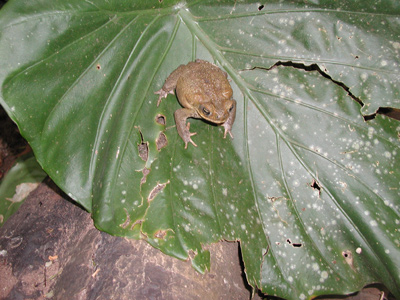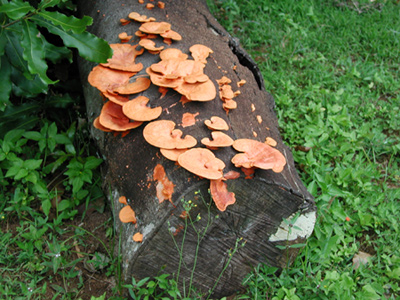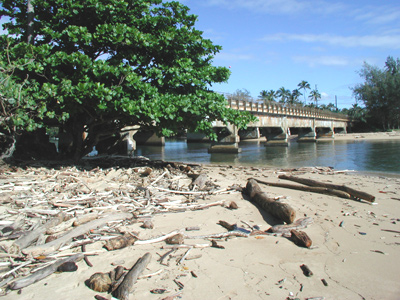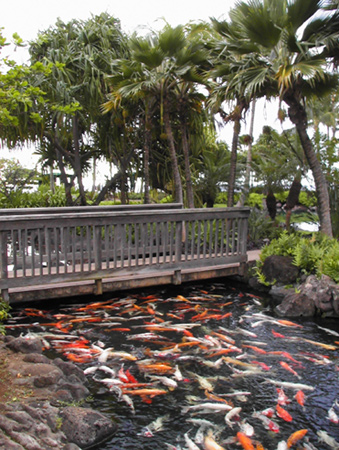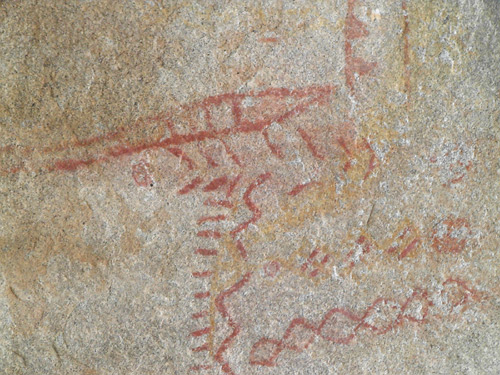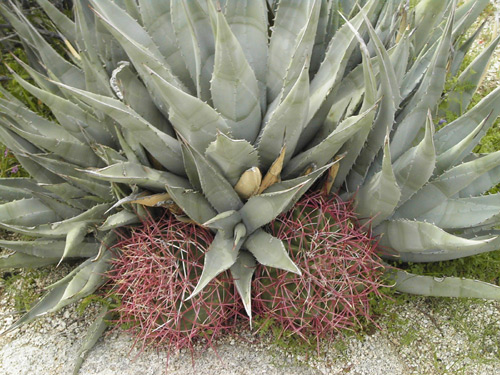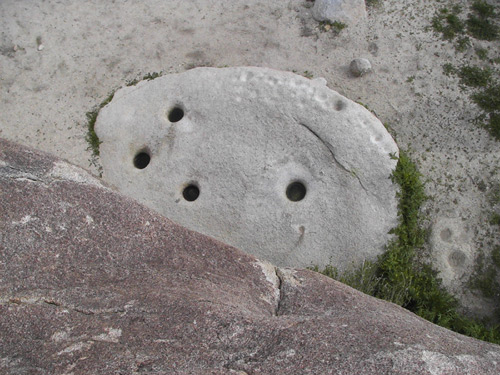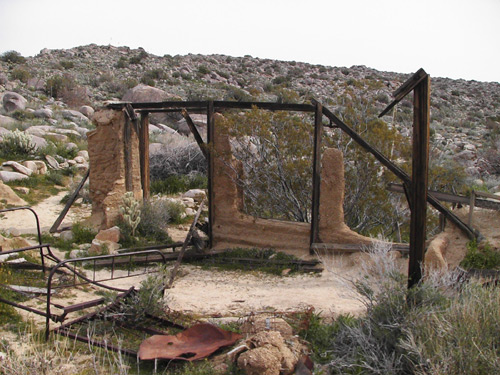Case in Point
This view is looking across the east end of Maha'ulepu Beach near Punahoa Point. The wind was ferocious this day and the exposed cliffs have been endlessly battered by the elements here. Access to this area is controlled by a gate which is locked from 7:30 pm to 7:30 am each day and runs through a large property owned by Steve Case (of AOL fame). The west end is usually crowded on the weekends and is a favorite of the locals.

